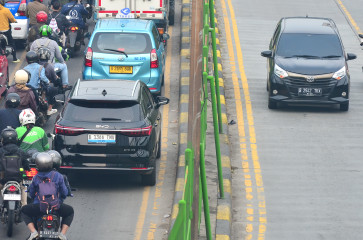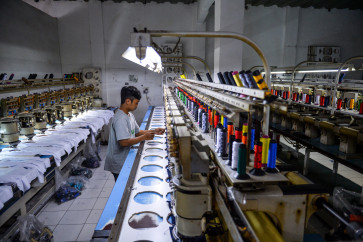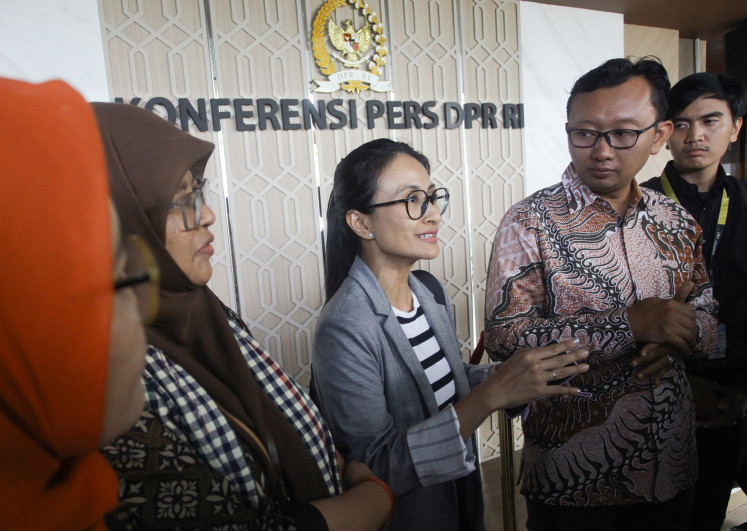Popular Reads
Top Results
Can't find what you're looking for?
View all search resultsPopular Reads
Top Results
Can't find what you're looking for?
View all search resultsRice mills, big traders blamed for rice scarcity in regions
The Business Competition Supervisory Commission (KPPU) has claimed that owners of rice mills and large-scale traders in rice production provinces are responsible for the scarcity of the commodity in the country
Change text size
Gift Premium Articles
to Anyone
T
he Business Competition Supervisory Commission (KPPU) has claimed that owners of rice mills and large-scale traders in rice production provinces are responsible for the scarcity of the commodity in the country.
KPPU chairman Syarkawi Rauf said the commission had for the last few weeks been investigating the cause of the scarcity of IR 45 medium rice in Cipinang Market in Jakarta, the biggest rice market in Indonesia.
'We believe they [rice mill owners and traders] have been withholding the supply to create a rice scarcity that leads to high prices,' Syarkawi told reporters in Yogyakarta on Wednesday.
He said that the investigation had been conducted in rice production centers in Karawang, West Java, and Makassar, South Sulawesi.
On Wednesday the investigation continued in Delanggu, Klaten regency, Central Java, and in Pasar Legi, Surakarta, also in Central Java.
The investigations, he said, showed that there was no shortage of supply from farmers, which had led the commission to its conclusion that it was rice mill owners and large-scaled traders that were behind the scarcity.
Syarkawi said that based on the study conducted by the commission, there were many players involved in the distribution of rice from the field to people's plates and that mid-size rice mills and large-scale traders were only a few.
'The KPPU will focus on rice mill owners and large-scale traders. It's they who have the power to control the rice price in the market,' he said.
He added that Indonesia had between six and 11 provinces that were rice production centers. In each province, he said, there were some five to seven big players capable of influencing rice prices.
'Once they are proved to have committed price fixing, they will be sent to court, just like the beef mafia,' he said.
KPPU deputy chairman Kurnia Sya'ranie added that the government should probably intervene in the downstream distribution of rice.
'We see that downstream rice distribution is just left to the market. This has led to the high price of rice,' Kurnia said.
When visiting a warehouse belonging to Srihadi, a farmer and owner of a rice mill in Bowan subdistrict, Delanggu, the KPPU did not find any rice being stored.
Srihadi said he had collected unhusked rice from farmers and milled them at the mill, which has a capacity of milling five tons of rice per day.
'We directly sell them every day while the price is still high. I never have a large amount of rice in storage. It's just a few sacks,' Srihadi said.
Agriculture Ministry Director General of Crops, Hasil Sembiring, who was among the KPPU entourage, said that there should not be a rice scarcity in the country as according to this year's calculation there was a rice harvest surplus of 9 million to 10 million tons.
'From the beginning the Agriculture Ministry has been improving irrigation networks, increasing the number of tractors, seedlings and water pumps and keeping watch on fertilizers to boost rice production and expand rice plantations,' he said.
He also said that with the current supply of rice, the Indonesian population was still consuming domestically produced rice and had not yet needed to import any.
Last month, State Logistics Agency President Director Djarot Kusumayakti, who is responsible for managing domestic rice stocks, said that current stocks had almost run out, with only 1.4 million tons remaining.










